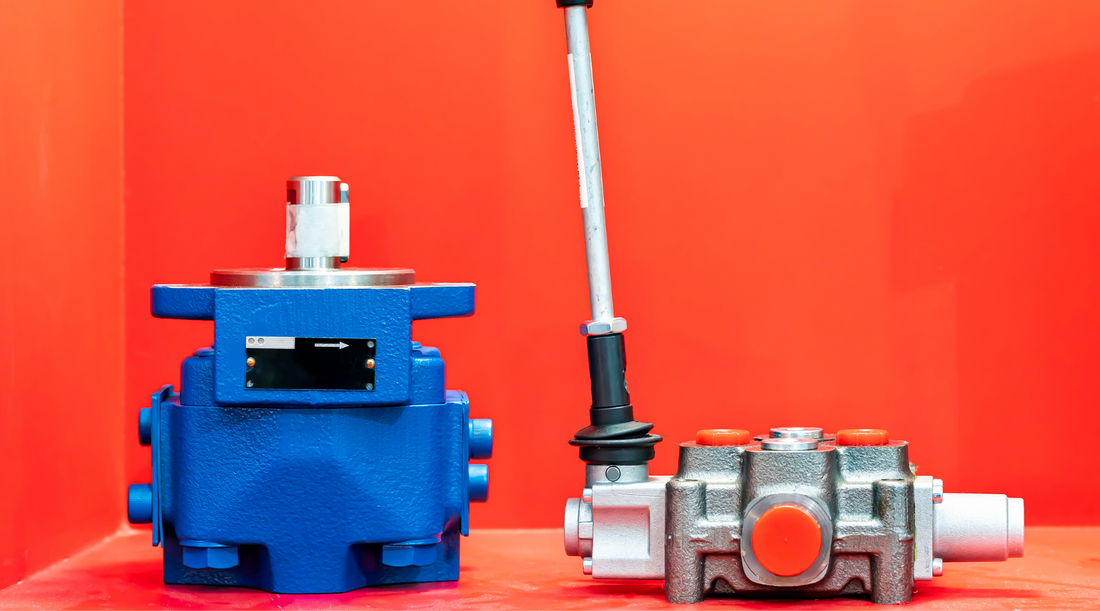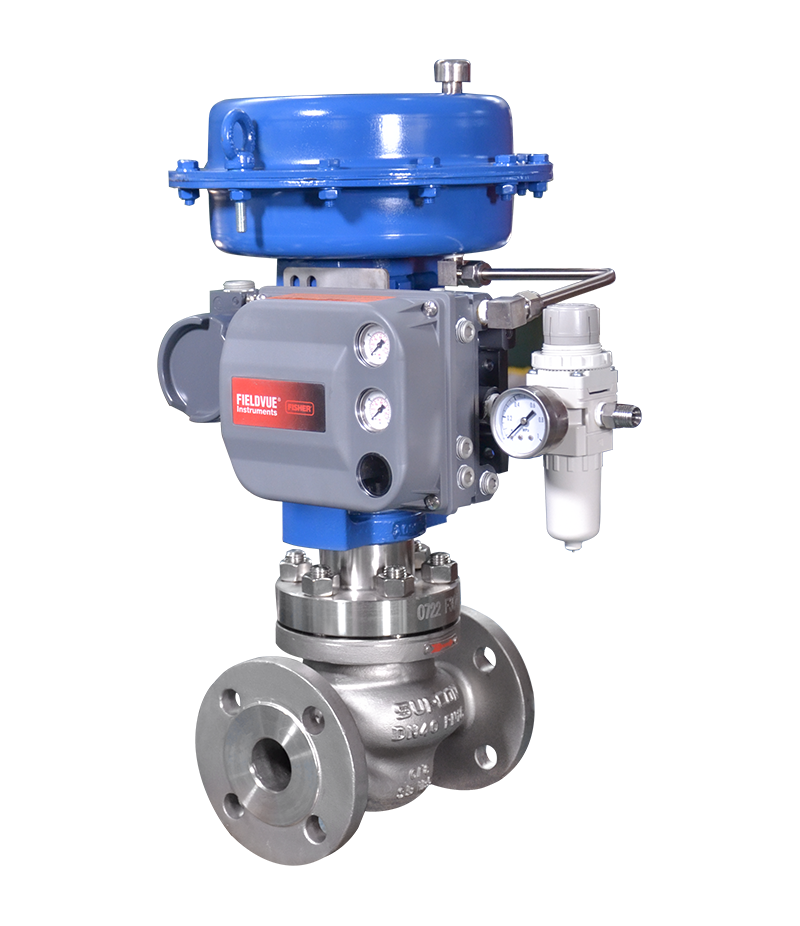The Duty of Control Valves in Liquid Flow Monitoring Equipment
The Duty of Control Valves in Liquid Flow Monitoring Equipment
Blog Article

Maximize Energy Cost Savings and Convenience With Advanced Structure Automation Controls
In the realm of modern-day design and facility administration, the combination of advanced building automation manages stands as a crucial innovation. By using the power of automation, structures can adjust, react, and progress in methods that were as soon as unimaginable.
Power Effectiveness Advantages
Energy performance advantages can substantially minimize energy usage and operational costs in structures. Energy-efficient systems, such as sophisticated building automation controls, can optimize the use of sources like cooling, lights, and home heating, leading to lower power expenses over time.
Moreover, improved energy efficiency can lengthen the life-span of building devices and systems. By running extra efficiently, HVAC systems, lighting fixture, and other building elements experience less wear and tear, resulting in reduced upkeep and replacement prices. In addition, energy-efficient buildings often command greater home worths and rental prices, giving long-term financial advantages to proprietors.
Furthermore, energy effectiveness can enhance resident comfort and productivity. Properly controlled interior environments with optimum lighting and thermal conditions produce an even more pleasurable and conducive work space, bring about improved worker contentment and efficiency. Overall, the energy efficiency advantages related to innovative building automation controls are multifaceted, incorporating cost financial savings, environmental stewardship, and resident well-being.
Improved Convenience Control
Enhancing convenience control in building environments requires a sophisticated combination of sophisticated automation systems for ideal owner well-being. By using innovative building automation controls, centers can customize the interior setting to meet the specific demands and choices of owners. These systems enable accurate law of temperature level, lights, and ventilation, creating a comfortable and efficient environment. Resident fulfillment and productivity are very closely connected to thermal comfort, making it important to have systems in location that can adjust to transforming problems in real-time.
By including these innovative controls, buildings can not just enhance convenience yet likewise improve energy efficiency by optimizing system procedures based on actual tenancy and use patterns. Eventually, prioritizing occupant convenience via innovative automation systems leads to a more satisfying and healthier indoor environment.
Functional Performance Improvements

Moreover, the execution of real-time tracking and analytics tools enables building drivers to determine power inadequacies and operational anomalies promptly. By continually monitoring energy use patterns and system efficiency metrics, modifications can be made in real-time to enhance power usage and make certain peak functional performance. control valves. Furthermore, incorporating demand action approaches into building automation controls can additionally improve functional performance by dynamically changing energy usage based on grid conditions and pricing signals
Indoor Environment Optimization
Efficient indoor Visit Your URL climate optimization is a basic facet of structure automation controls, making sure residents' convenience and health while maximizing power cost savings. By utilizing innovative sensing units and controls, constructing automation systems can continuously adjust and keep track of temperature, humidity degrees, air high quality, and ventilation to develop an optimal interior atmosphere. Keeping consistent and comfy conditions not only boosts passenger complete satisfaction however likewise enhances efficiency and overall well-being.
Indoor environment optimization additionally plays a crucial role in energy performance. By fine-tuning cooling, home heating, and ventilation systems based upon real-time data and occupancy patterns, constructing automation controls can dramatically reduce energy consumption - control valves. As an example, applying techniques such as demand-controlled air flow and thermal zoning can help lessen energy waste while making sure that each location of the structure obtains the essential conditioning.

Lasting Atmosphere Production
Building automation manages not only optimize interior climate conditions for power performance and passenger comfort but likewise lay the foundation for developing a sustainable setting through calculated management of systems and sources. By incorporating innovative structure automation innovations, such as sensors, actuators, and smart software, facilities can monitor and readjust energy use in real-time to reduce waste and sites decrease their carbon footprint. These systems make it possible for anticipating maintenance, identifying potential concerns prior to they rise and optimizing devices performance to enhance longevity and effectiveness.
Furthermore, sustainable setting production prolongs past power management to incorporate water preservation, waste reduction, and interior air quality renovation. Building automation controls can regulate water use, spot leaks, and ensure proper garbage disposal techniques, adding to total sustainability efforts. Additionally, by keeping an eye on and regulating ventilation and filtration systems, these modern technologies enhance passenger health and wellness and performance while reducing power consumption connected with a/c operations.
Conclusion
Finally, advanced building automation manages deal substantial advantages in terms of power cost savings, comfort control, operational performance, interior climate optimization, and developing a lasting atmosphere. By carrying out these controls, buildings can accomplish optimal performance while lowering energy intake and improving passenger comfort. It is evident that making use of sophisticated automation technology is important in boosting building performance and creating a much more lasting future.
Power effectiveness advantages can substantially lower energy usage and operational prices in buildings. Overall, the power effectiveness benefits connected with sophisticated building automation controls are diverse, including expense savings, environmental stewardship, and resident health.
Furthermore, including need reaction strategies right into building automation controls can further boost operational performance by dynamically adjusting power use based on grid conditions and pricing signals.
Structure automation manages not just maximize indoor environment conditions for power efficiency and occupant comfort but likewise lay the foundation for creating a sustainable atmosphere through critical administration of systems and resources.In final thought, advanced structure automation controls offer significant benefits in terms of energy cost savings, convenience control, operational efficiency, interior environment optimization, and Get the facts creating a lasting environment.
Report this page